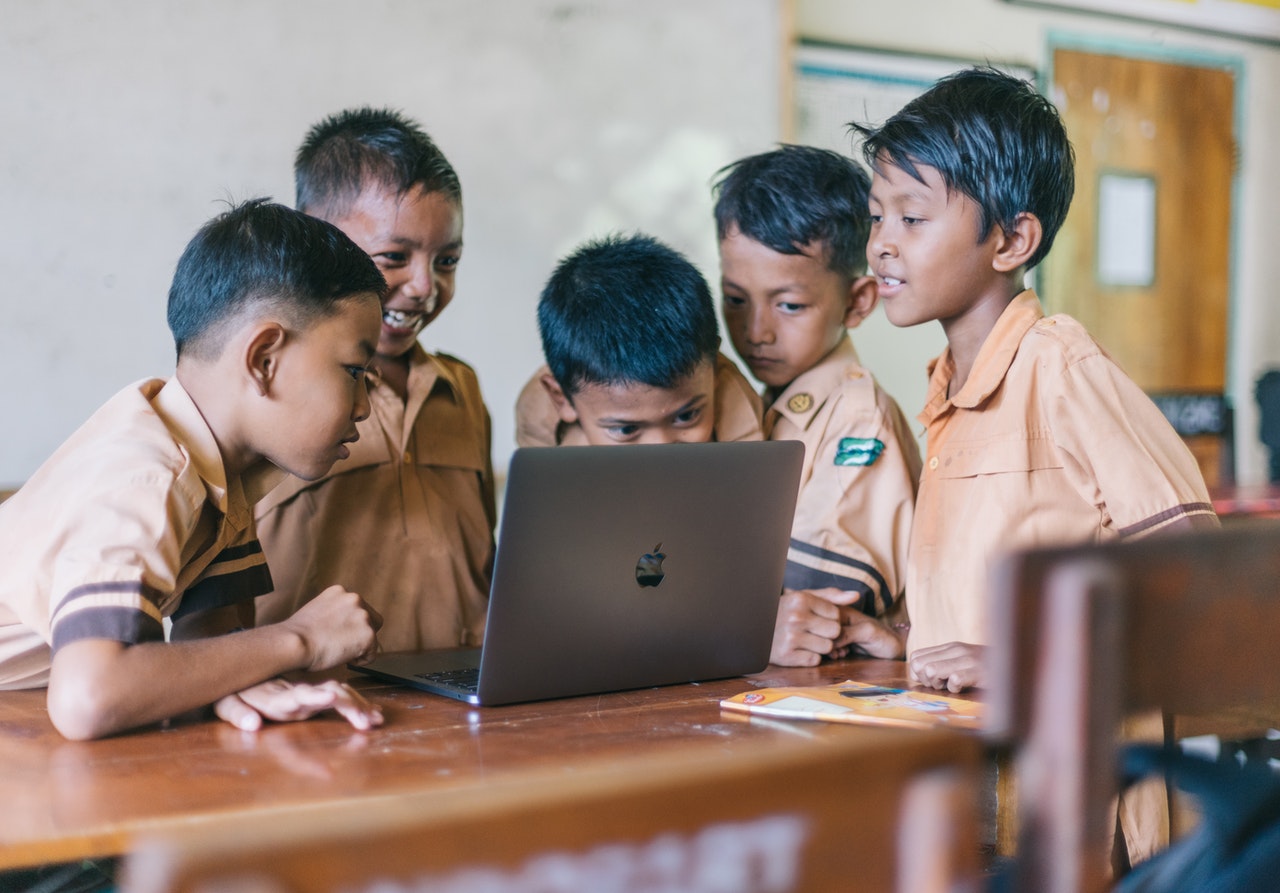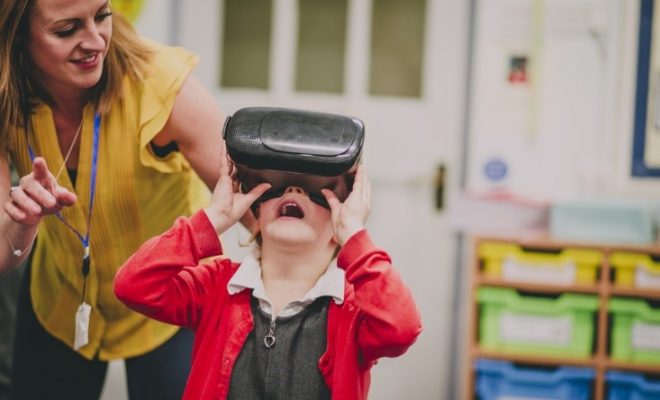Vygotsky’s Zone Of Proximal Development (ZPD): Everything You Need to Know

The zone of proximal development is a collection of acts that you cannot execute on your own. The term “proximal” refers to actions that you cannot execute independently but can manage with assistance. You’ll need additional direction and assistance to learn how to manage these activities on your own.
Vygotsky’s Concept
The concept of the zone of proximal development was first proposed by Lev Vygotsky. Vygotsky was a Russian psychologist who rose to prominence after his work was translated into English. His theories gained popularity after his death and are being used in educational institutions today.
According to him, the learner must be taught by someone who has expertise. Social relationships are required for the learner to see and follow other people. Support activities, such as scaffolding, assist the learner in progressing through the zone of proximal development.
What Is the “More Knowledgeable Other?”
The “more knowledgeable other” is the one who has the abilities and expertise to help or guide you. They instruct the learner on how to grasp the specific abilities at hand. The more informed other serves as an educator in the zone of proximal growth.
Make Use of Scaffolding
It is critical in the ZPD to give the learner tools, advice, and activities to help them learn new abilities. Scaffolding is the name given to these resources. You may gradually remove the scaffolding and enable the student to execute the task alone.
Scaffolding looks to be comparable to the ZPD at first glance. Other scholars, however, introduced it later. Modern scholars expanded the study by using Vygotsky’s original beliefs.
Social Interactions
When it comes to learning new things, children turn to others. Although the more informed person assists the student, they frequently look at their peers.
To learn new things, children seek other children rather than adults. During their adolescence, children emulate their peers and relatives in terms of how to dress and act in various settings.
Social connection, according to Vygotsky, is an essential component of learning. He suggested matching two children, one less skillful and one more adept.
How to Use the ZPD in the Classroom?
The process of developing the zone of proximal development is continuous. When a student masters a skill, the zone advances to the next skill. Parents and educators must expand their students’ capacities by presenting new challenges. When assigning new work to schoolchildren, remember to assist them by providing appropriate instructions.
Finally, consider the following:
The zone of proximal development is a brilliant psychological concept. People who understand how the zone of proximal development functions may readily create instructions and assistance for children.
They may assist in the development of learning programs as well as the use of new tools to enhance the learning process. Parents and educators may support children more effectively if they grasp the ZPD.






